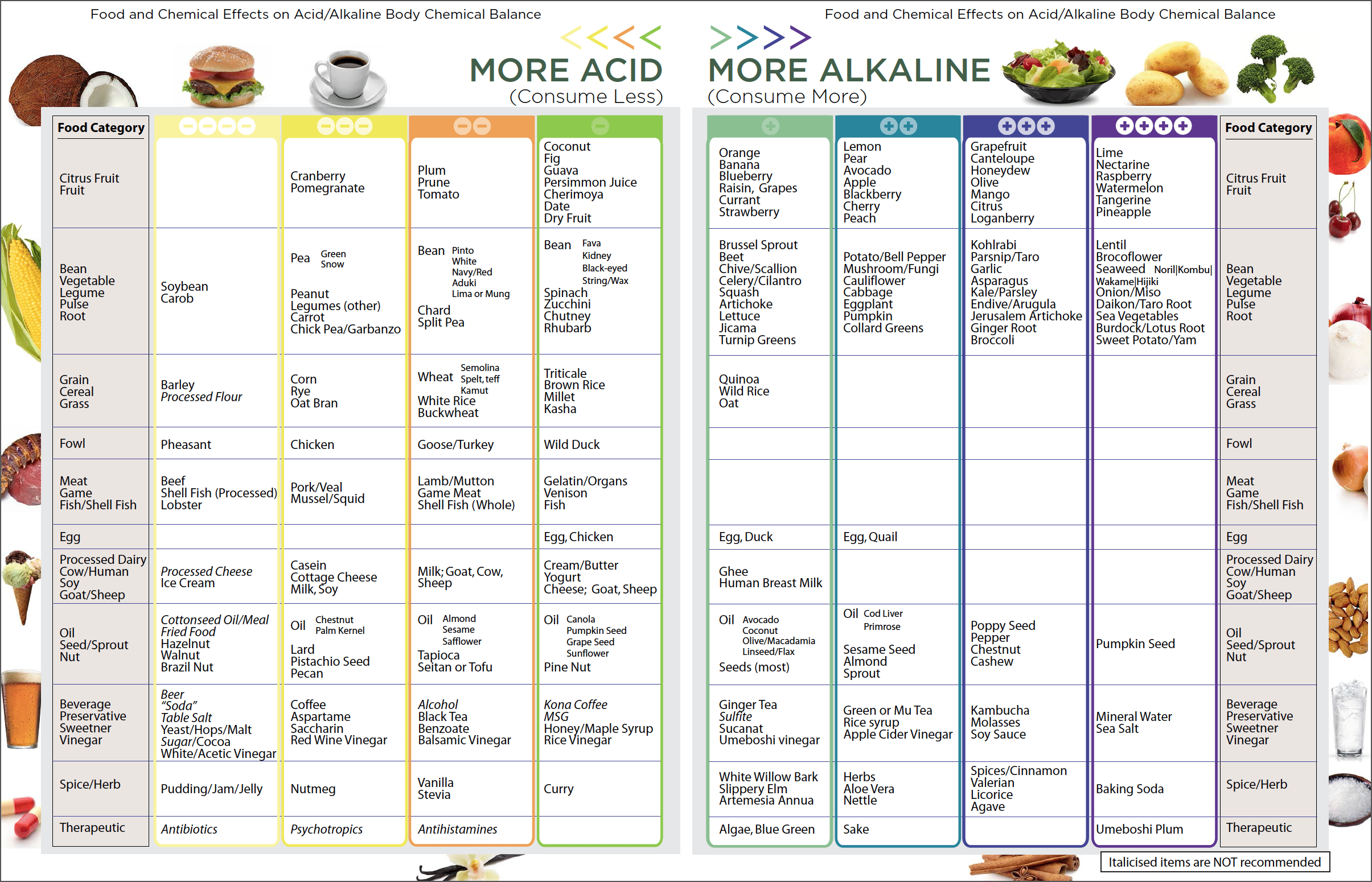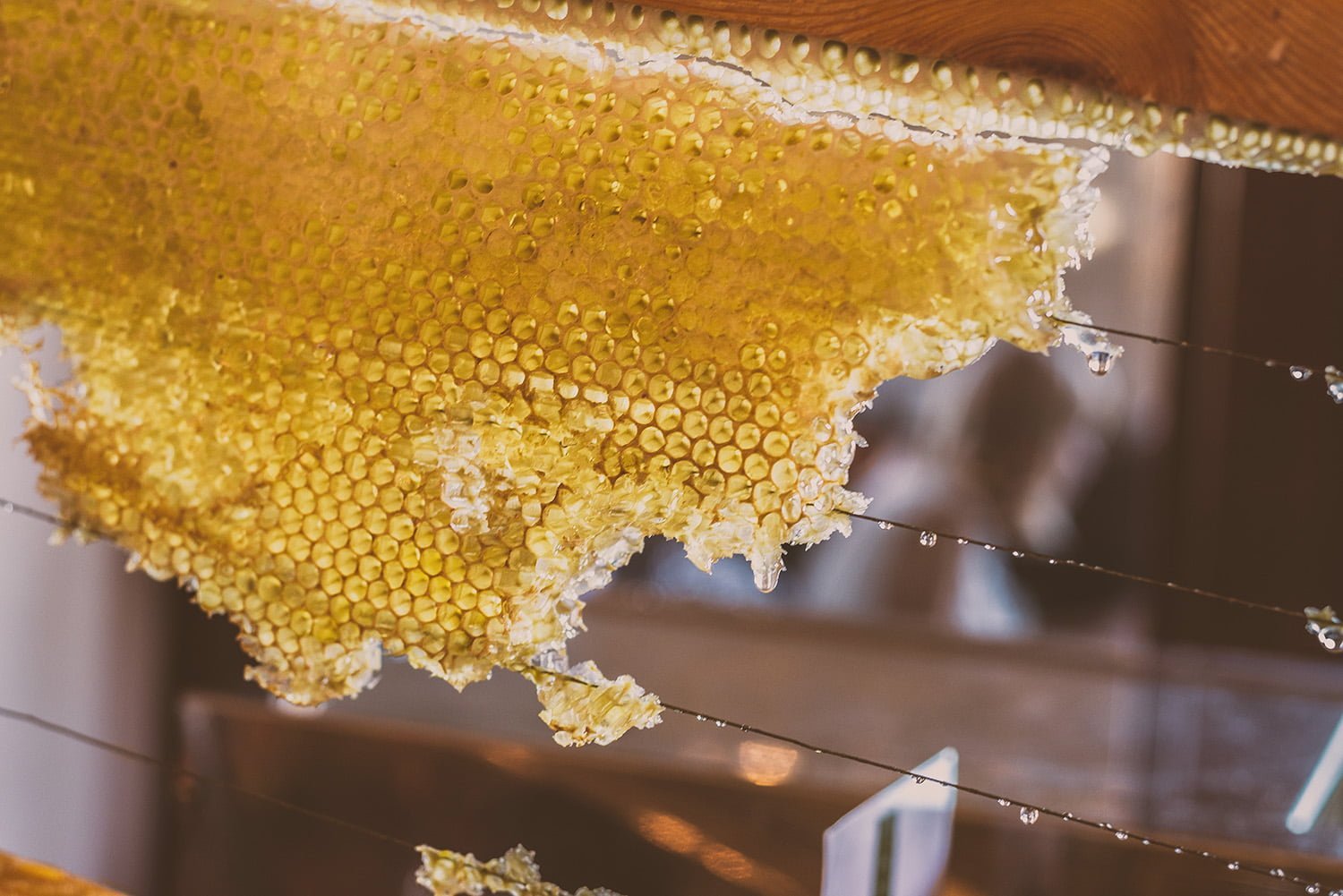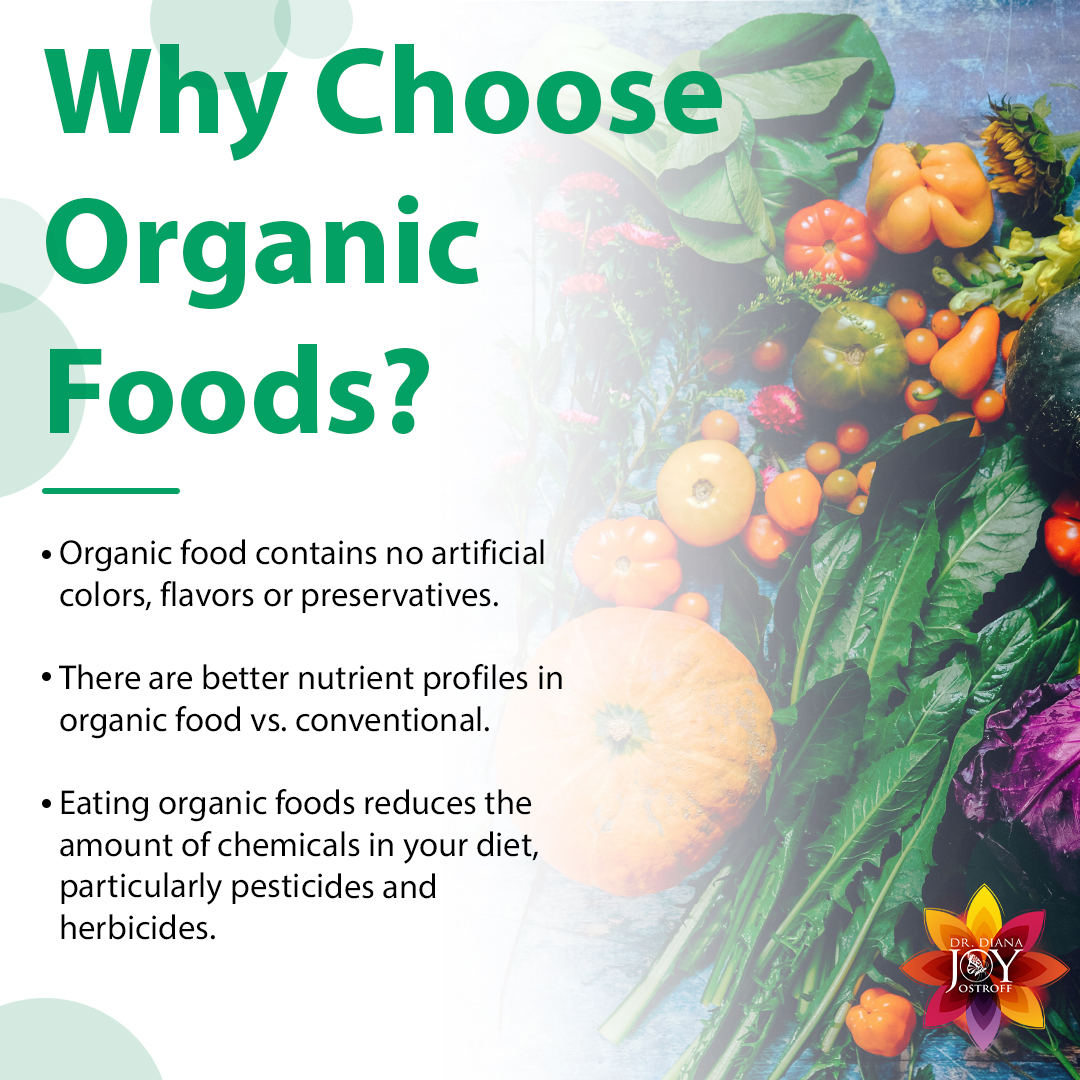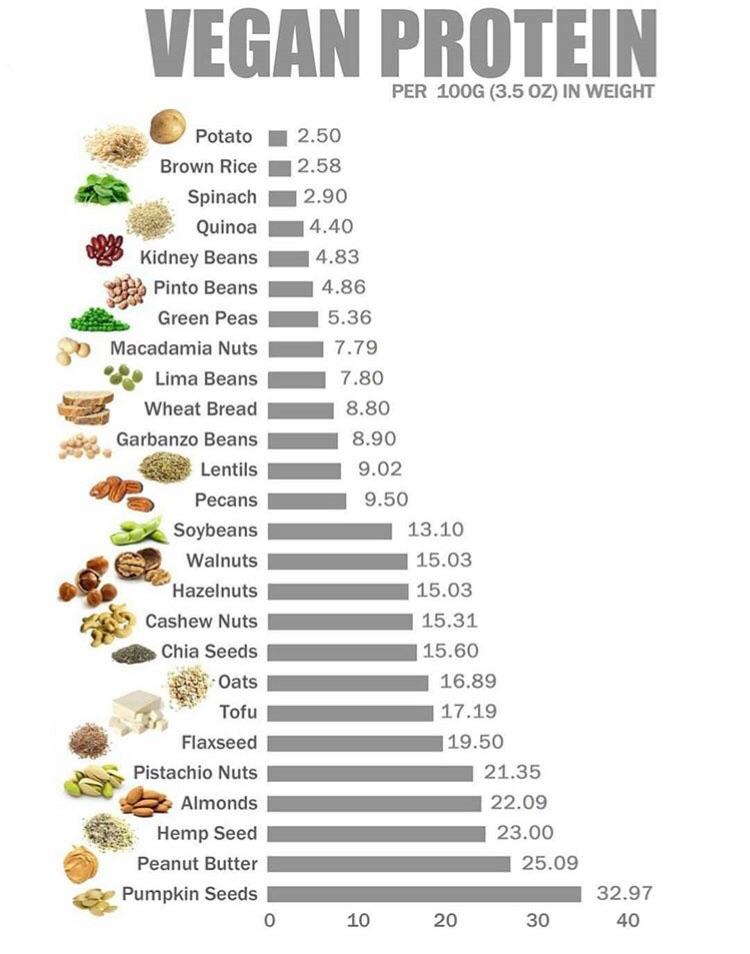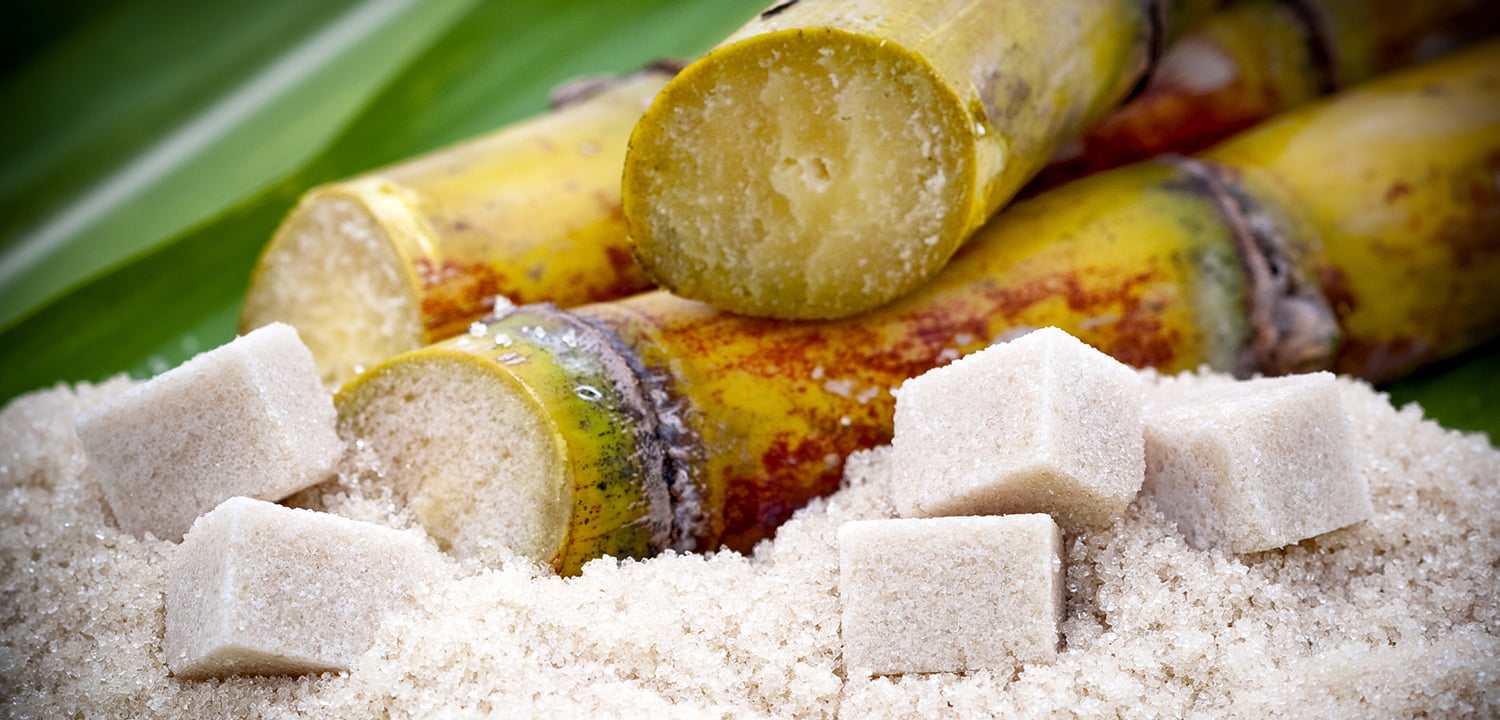The quest for a balanced pH is not just about science; it’s about improving overall health. An ideal pH level can be a key player in preventing diseases and maintaining vitality. With the rise in processed foods, our diets have become more acidic, potentially leading to various health issues. Alkaline-acid food charts can be a practical tool for those looking to balance their pH levels through diet.
Understanding the balance between alkaline and acidic foods is crucial. By incorporating more alkaline foods and reducing acidic food intake, one can strive for that elusive pH balance. Fresh vegetables, certain fruits, nuts, and seeds are among the stars of the alkaline diet, while processed foods often fall on the acidic side.
How Does the Alkaline Diet Work?
The alkaline diet operates on the premise that the foods we consume can affect our body’s pH levels. It suggests that by choosing more alkaline-forming foods, we can counteract the acidosis often caused by modern diets.
Eating a diet high in alkaline foods means filling your plate with plenty of fruits and vegetables, while minimizing the intake of meats, dairy, and processed snacks. The goal is to create an environment in your body that is less conducive to inflammation and disease development.
While the body naturally regulates pH balance, the foods we eat can tip the scale and lead to an acidic environment. This is where alkaline-acid food charts come into play, serving as a guide for those looking to make dietary adjustments.
What Are the Benefits of Following an Alkaline Diet?
An alkaline diet is believed to bring numerous health benefits. It is said to improve energy levels, enhance digestion, and reduce the risk of chronic diseases. By maintaining a slightly alkaline pH, the diet may help in preventing conditions like cancer, osteoporosis, and diabetes.
Followers of the alkaline diet often report feeling more energized and less burdened by digestive issues. The emphasis on whole, unprocessed foods is also key to nutrient-rich meals that support overall well-being.

Additionally, an alkaline diet can lead to better skin health, weight loss, and reduced inflammation. Its focus on hydration, through the consumption of alkaline water and other fluids, is also a cornerstone for maintaining good health.
Which Foods are Considered Alkaline?
Identifying alkaline foods is the first step in following an alkaline diet. Foods that are considered alkaline-forming include:
- Most fruits, such as melons, bananas, and berries
- Leafy greens like spinach and kale
- Root vegetables such as beets and carrots
- Cruciferous vegetables like broccoli and cauliflower
- Almonds, chia seeds, and flaxseeds
These foods are not only rich in essential nutrients but also promote a more alkaline environment in the body.
On the contrary, foods that are usually considered acidic and thus minimized in the alkaline diet include processed meats, sugar-laden snacks, and alcohol, among others.
How Can You Create an Alkaline-Acid Food Chart?
To create your own alkaline-acid food chart, start by researching and listing foods according to their pH-forming tendencies. There are numerous resources available that categorize foods based on their potential renal acid load (PRAL) and net acid excretion (NAE) values.
Charting these foods can be as simple as dividing them into categories of alkaline, neutral, and acidic. Be sure to include a diverse range of foods in your chart to ensure a balanced diet.
When crafting your chart, consider color-coding or other visual aids to make it user-friendly and accessible when meal planning.

What Is the Recommended pH Level for Optimal Health?
The human body thrives when its blood pH level sits slightly alkaline, around 7.35 to 7.45. While the body has its own mechanisms to maintain this balance, what we eat can still influence our pH levels.
It’s important to note that pH can vary throughout the body. For instance, stomach acid is highly acidic, which is necessary for digestion, while the skin is slightly acidic to ward off bacteria.
Maintaining the recommended pH level is believed to support the body’s natural functions and reduce vulnerability to disease.
How to Maintain a Balanced Diet Between Acidic and Alkaline Foods?
Aiming for a diet composed of 70-80% alkaline foods is a common guideline for those seeking pH balance. Here’s how to maintain that equilibrium:
Firstly, increase your intake of alkaline food chart for optimal health stars—vegetables, fruits, and nuts. These should dominate your plate at every meal.
Secondly, acidic foods shouldn’t be completely eliminated, as they also contain essential nutrients. Instead, consume them in moderation and as part of a diverse diet.
Finally, remember that lifestyle factors such as stress, insufficient sleep, and lack of exercise can also affect your body’s pH. Thus, a holistic approach to health is vital.

Related Questions on Balancing pH
What to Eat to Improve Your pH Balance?
To improve your pH balance, focus on alkaline-promoting foods such as green leafy vegetables, citrus fruits, tomatoes, carrots, and avocados. Reducing your intake of processed and sugary foods can also make a significant difference.
Additionally, alkaline water and herbal teas are excellent beverage choices to help maintain a healthy pH level.
How to Make Your pH Balance More Alkaline?
Increasing your consumption of alkaline foods and drinking adequate water are key steps. Consider preparing meals with a base of vegetables and adding in small portions of proteins or grains that are less acidic.
Exercise and stress-reduction techniques can also contribute to a more alkaline state, as they improve overall body function and detoxification.
How Can I Alkalize My Body Quickly?
If you’re looking to quickly alkalize your body, start with a focus on hydration. Drink plenty of alkaline water or water with a squeeze of lemon, which paradoxically has an alkalizing effect once metabolized.
Eating a salad loaded with greens or having a green smoothie can also boost your body’s alkalinity in a short period.
What Can I Drink to Raise My pH Level?
Alkaline water, green vegetable juices, and herbal teas are excellent drinks for raising pH levels. These beverages are not only hydrating but they also provide essential nutrients that support an alkaline state.

Remember to check the labels for added sugars or acidic ingredients that could counteract the alkaline benefits.
To delve deeper into this topic, here’s a video from a nutritional expert discussing best alkaline foods for beginners and how to start an alkaline diet effectively.
Remember, achieving pH balance through diet is not about strict rules but about making informed choices that support your health and well-being. With the aid of alkaline-acid food charts, the journey towards a balanced pH and a healthier lifestyle is within reach.
 Interview with the Founder of DefenderShield EMF Protection, Daniel DeBaun
Interview with the Founder of DefenderShield EMF Protection, Daniel DeBaun
